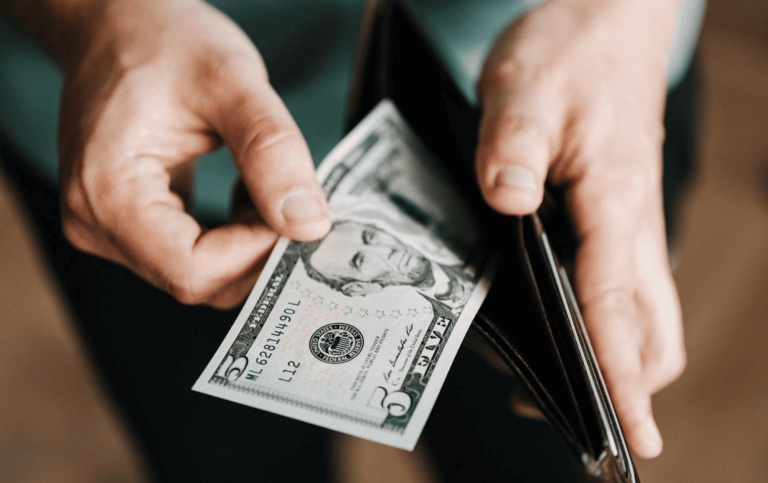In today’s world, minimalism is often seen as a trendy lifestyle choice. People declutter their homes, simplify their wardrobes, and streamline their possessions in the name of living a more intentional life. But what happens when real-life emergencies strike? When your fridge suddenly stops working, or your car needs expensive repairs, or you face unexpected medical bills? That’s when you realize that financial survival isn’t just about minimalism – it’s about having a financial buffer.
Many people live without a proper budget, relying on their instincts and hoping that their finances will work out. They pay their bills, buy groceries, and make ends meet, but they often overlook the importance of preparing for unexpected expenses. The truth is, most budgets are just one flat tire away from breaking. Without a safety net in place, people are left vulnerable to financial crises that can easily derail their lives.
Emergency-only spending is not about deprivation; it’s about direction. By creating a mental firewall between your essential spending and your emergency fund, you can prioritize what truly matters in times of crisis. A new pair of shoes or a fancy birthday party may seem important, but they can wait. It’s crucial to distinguish between what is urgent and what can be put off until later.
While credit can be a helpful tool in times of need, it should not be relied upon as a long-term solution. Having a savings buffer is essential for weathering financial storms and unexpected expenses. But saving more is easier said than done, especially when faced with rising costs and everyday expenses. That’s where emergency-only spending comes in – it helps you prepare for the unexpected and build resilience in the face of financial challenges.
Training your brain for emergency spending mode involves naming your spending categories, pre-deciding what qualifies as an emergency, automating your savings, tracking your triggers, and adopting a mindset of financial stability. By thinking like a CFO and making intentional financial decisions, you can prepare yourself for whatever life throws your way.
The best time to shift to emergency-only spending is before things get bad. Being proactive and setting aside money for emergencies can prevent financial spirals and give you peace of mind knowing that you are prepared for whatever comes your way. And if life catches you off guard, don’t be discouraged – use short-term fixes wisely and rebuild with intention.
In conclusion, financial survival is not just about budgeting and spreadsheets – it’s about having a financial buffer in place to protect yourself from unexpected expenses. By embracing emergency-only spending and prioritizing financial resilience, you can navigate life’s challenges with confidence and security.

